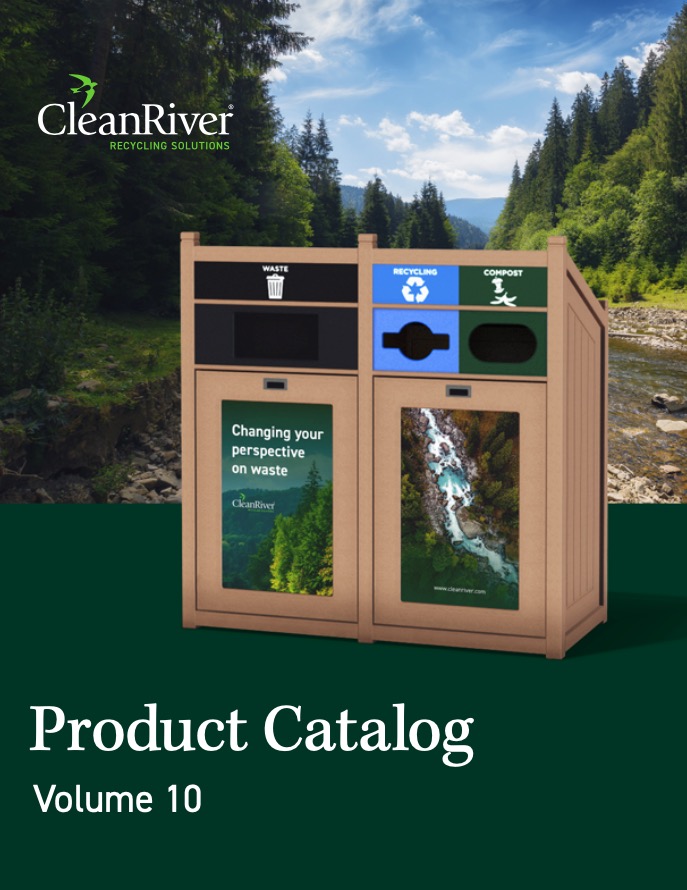Share
Zero Waste is a philosophy that takes a whole system approach to the flow of resources and waste through our society. It emphasizes waste prevention at the beginning of the cycle rather than waste management.
The goal is to develop a sustainable economy where products are designed with the environment in mind so that when they are no longer needed their components can be dismantled, repaired or recycled and used as a resource for other industries. Reusing the components or breaking down the components preserves our valuable natural resources as they are not being used in the manufacturing process.
There are a few different organizations stewarding Zero Waste in North America alone, including US Zero Waste Business Council (USZWBC), Zero Waste International Alliance (ZWIA) and Zero Waste Canada (ZWC) and they share the common goal of achieving zero waste in our lifetime.
According to USZWBC “Zero Waste will eliminate all discharges to land, water or air that are a threat to planetary, human, animal or plant health.”
The USZWBC accreditation standard states that organizations diverting 90% of their waste from landfill can be classed as Zero Waste.
How can you achieve zero waste?
- Conduct a waste audit to assess your current diversion rate. This gives a baseline on which you can build your action plan to achieve your zero waste goal.
- Culture – senior management buy-in is crucial for the culture shift required to achieve your Zero Waste goal. When senior management is passionate about achieving Zero Waste it inspires the rest of the organization to participate.
- Adopt an Environmentally Preferred Purchasing (EPP) policy where you only allow recyclable or compostable products into your organization e.g. office paper and supplies, supplier packaging, food packaging, beverage containers and cutlery in cafeterias.
Honda Canada sourced new packaging for the take-out foods and salads in their cafeteria so that all the packaging is recyclable after use.
- Reuse packaging and materials within your organization, it’s all about reusing resources rather than using new ones.
CleanRiver reuses shrink wrap, cardboard and pallets from suppliers so there is no packaging waste.
In their 2013 Sustainability report Toyota announced they reuse their shipping containers.
- Collection – ensure that your waste containers are doing their job properly by having the ability to collect the streams you require (compostable, recycling and waste) and that they are emptied frequently– if people can’t get their drink can into the recycling stream because it’s full then they will toss it into the trash!
- Communication is key to the success of your program. Consistently communicate your program goals within the organization and refresh container graphics regularly to keep up with changing stream requirements.
Honda updates a chart in their cafeteria every month with their current diversion rates in their effort to continually motivate staff on their journey to Zero Waste.
Following these steps will help you build a successful program and achieve your Zero Waste goal.
For more information on zero waste business certification visit http://www.uszwbc.org/ or www.zerowaste.org
Contact our sustainability associates if you have any questions on how to achieve Zero Waste at 1-888-646-4246 or sales@cleanriver.com

